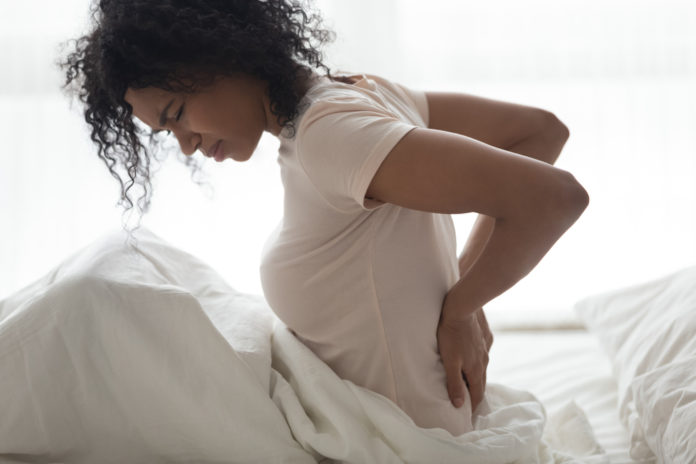Sleeping through pain can be difficult. Sleep deprivation increases the risk of pain and can disrupt sleep. A mattress or sleeping position that does not support the lumbar spinal column can cause or worsen lower back pain.
Understanding the relationship between sleep and lower-back pain opens new doors to relief. It is especially important to have this knowledge if you are suffering from back pain. Understanding sleep and back pain can help you manage pain, and even contribute to healing. Sleeping well can prevent or reduce back pain.
How Does back pain and sleep relate?
Researchers have been linking lower back pain with sleep problems for a long time., and increasing data suggest a reciprocal relation that plays against one another.
Pain can cause sleeping difficulties. If you have lower back pain, it can be hard to fall asleep or wake up in the night.
Sleep issues can also cause pain to increase or worsen. Experts are not sure why this happens. It could be that lack of sleep hinders recovery, has a negative effect on mood, making people more sensitive, or interferes with brain chemicals which regulate pain perception.
Does Sleeping Position affect lower back pain?
Sleeping posture and spinal alignment are also factors that affect the relationship between lower back pain and sleep. While standing and sitting are considered the standard positions for good posture, it is also important to maintain good posture when lying down.
A sleeping position that twists or contorts the spine, or places pressure in any other way, can cause pain and stiffness. Pain is usually worse in the morning, but can last throughout the day.
Sleeping Positions that are Ideal for Lower Back Pain
To reduce lower back discomfort, it’s best to lie on your side and sleep with your knees bent. The lumbar spine is relieved of pressure by maintaining a slightly bent knee. Many people find that placing a small cushion between their knees makes this position more comfortable.
It can be difficult for stomach and back sleepers to change positions. They can still take these steps to relieve lower back pain:
- Place a pillow under the knees, thighs and/or lower spine of back sleepers to support their natural curve and reduce lumbar stress.
- Stomach sleepers can use a thin pillow for head support. For hips and abdomen, they need a thicker cushion. This will prevent the lower back from sinking into an U-shaped position that could cause the spine to become out of alignment.
- Many people with lower back pain use an adjustable bed to alleviate their discomfort. They can easily raise or lower the upper or lower part of the mattress.
Summary
Consider changing your sleeping position to determine if this helps. It’s also worth checking your mattress and pillows, as they can make your back pain worse.

